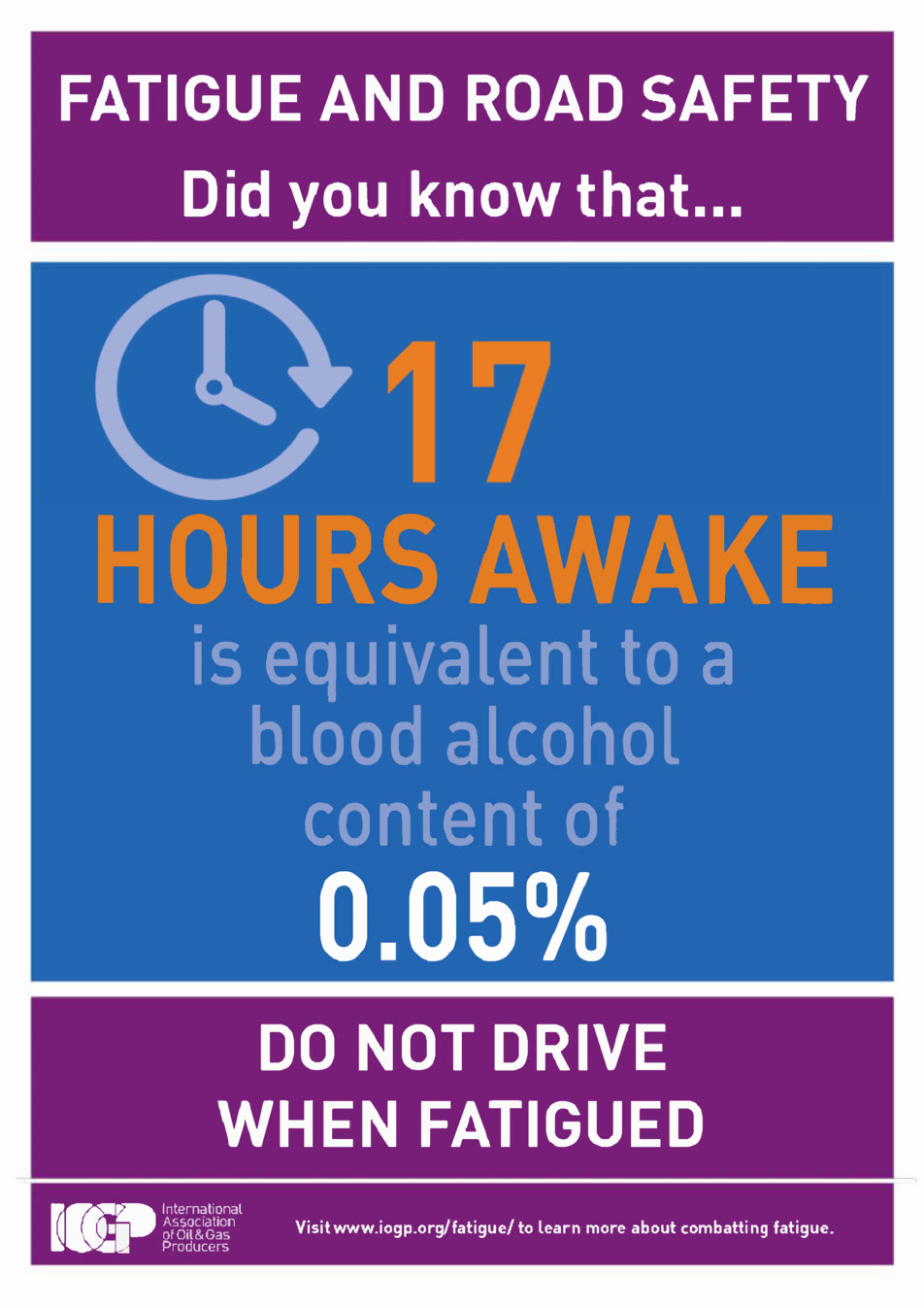shifting gears for safety
shifting gears for safety
Shifting Gears for Safety: Fatigue and Road Safety
Introduction
In the realm of road safety, combating fatigue is crucial to ensuring the well-being of drivers and reducing the risk of accidents. The impact of fatigue on driving performance is comparable to driving under the influence of alcohol, emphasizing the need for effective strategies to manage tiredness while on the road.
Journey Management Practices
Implementing a comprehensive Journey Management Plan is essential for ensuring safe travels before, during, and after a journey. By incorporating key steps such as pre-trip inspections, maintaining communication during the journey, and conducting post-trip reviews, organizations can enhance their road safety protocols and minimize risks associated with driver fatigue.
Driver Fatigue and its Implications
Driver fatigue poses a significant threat to road safety, with factors such as inadequate sleep, time of day, and underlying health conditions contributing to increased drowsiness behind the wheel. Recognizing the signs of fatigue and adopting proactive measures, such as scheduling breaks, seeking medical attention for sleep disorders, and utilizing fatigue monitoring tools, are essential for preventing accidents caused by driver tiredness.
It is crucial for drivers to prioritize rest and take necessary breaks to combat fatigue effectively. By being vigilant of warning signs such as yawning, heavy eyelids, and drifting from lanes, drivers can intervene promptly to ensure their safety and that of others on the road.
Working Hours and Fatigue Management
Managing working hours and commute time is integral to minimizing fatigue-related risks during journeys. Establishing limits on total time spent behind the wheel and incorporating adequate rest periods are fundamental in promoting driver alertness and reducing the likelihood of fatigue-related incidents.

